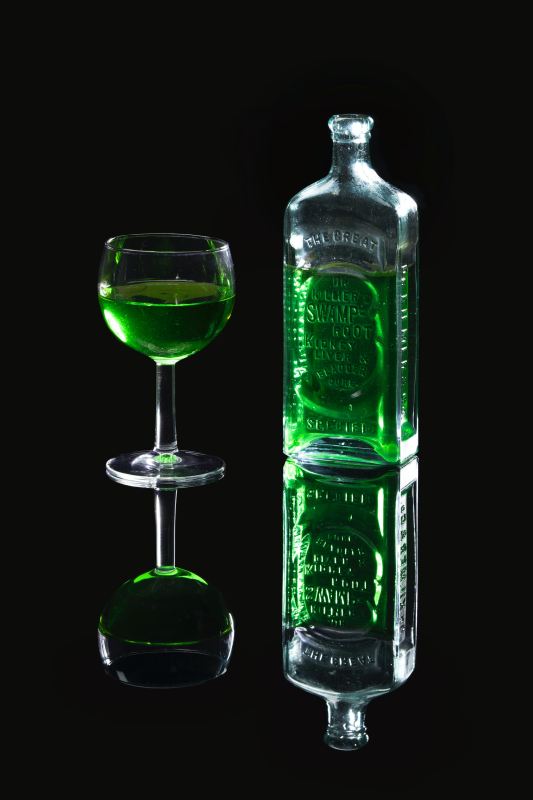
There are few spirits as misunderstood as absinthe. We dare you to find one spirit as misunderstood as absinthe. There’s a good chance, even with very little information to back anything up, you already have some preconceived ideas about it. You might believe that it’s a hallucinogenic and after a few sips, you start seeing a green fairy flying every which way. You might even think that is why this alcohol was banned in the U.S. for so long. It’s not.
“The truth is that most of these claims are not true, as overindulging in this spirit leads to the same issues as with any other,” said James Couty, food and beverage manager at Pendry Chicago and Chateau Carbide in Chicago, Illinois. “The ‘Green Muse,’ as it was commonly referred to during its heyday of the Grand Epoque, a period where expressionist painters and poets such as Edgar Allen Poe were creating their historic artworks, inspired and delighted the masses.”
But what is absinthe? “The history of absinthe began in the Val de Travers region of Switzerland as a cure-all tonic infused with natural herbs and botanicals found in the region,” explained Couty.
If you didn’t know it already, absinthe’s closest spirit counterpart is probably gin. This is because this high-proof spirit (usually over 110 proof) is infused with various herbs and botanicals. The most well-known ones are anise, fennel, and the very divisive wormwood. The latter is what has caused all the problems for this spirit. Wormwood contains a chemical known as thujone, which is large quantities, can cause seizures and vomiting. You’d have to drink a ridiculous amount, though, as it’s harmless in small amounts and doesn’t make you hallucinate.
As we mentioned above, absinthe has for years (and still is by many) been unjustly assumed to be a psychotropic substance. While this isn’t true, it was banned in Europe and the U.S.
“Post ban we have seen a resurgence in interest in this spirit, including the age-old process of ‘louching,’ which is when you add sugar and water to it through a slow and steady process,” Couty told us. “This turns it into an opalescent magical-looking cocktail, with flavors and aromas that scintillate the senses.”
While not as saturated a market space as the likes of gin or other more popular spirits, a few notable brands are crafting high-quality absinthes. The best part? Couty was gracious enough to tell us some of his favorite absinthe alcohol bottles. Keep scrolling through this
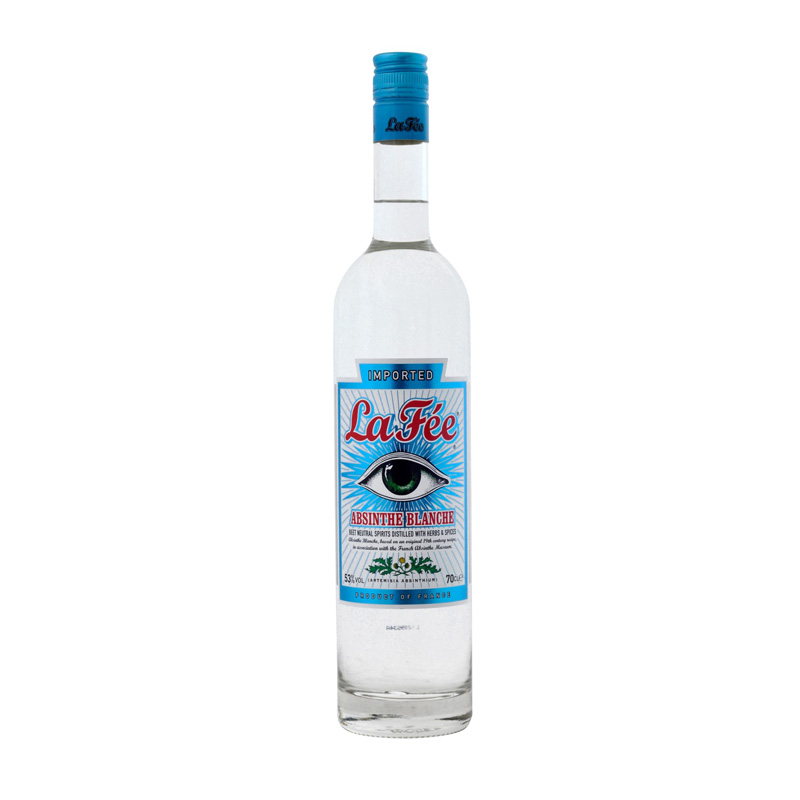
La Fee Absinthe Blanch Superieur – France
“La Fee Absinthe Blanch Superieur was created in 2011 as a collaboration with Marie Claude Delhaye, the founder and curator of the
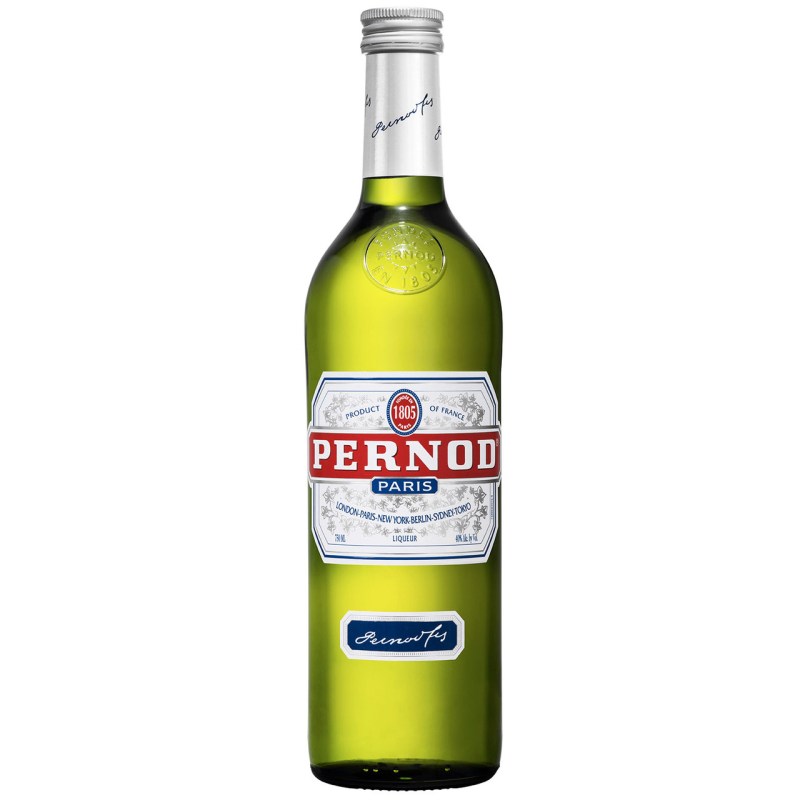
Pernod Absinthe – France
“Pernod is perhaps one of the oldest distillation houses making attempts to recreate a recipe from a bygone era. When reintroduced after the ban was lifted, the product was a new formula, but in recent years they have made attempts to get back to the original recipe and flavor profile from their storied past. Even during the phylloxera epidemic, Pernod stood true to its roots and didn’t sway from using grape-neutral spirit as its base, in many ways, retaining its character and intrigue throughout its history. There are notes of anise, grand wormwood, and angelica, as well as a signature green hue, imparted from a secondary infusion of botanicals.”
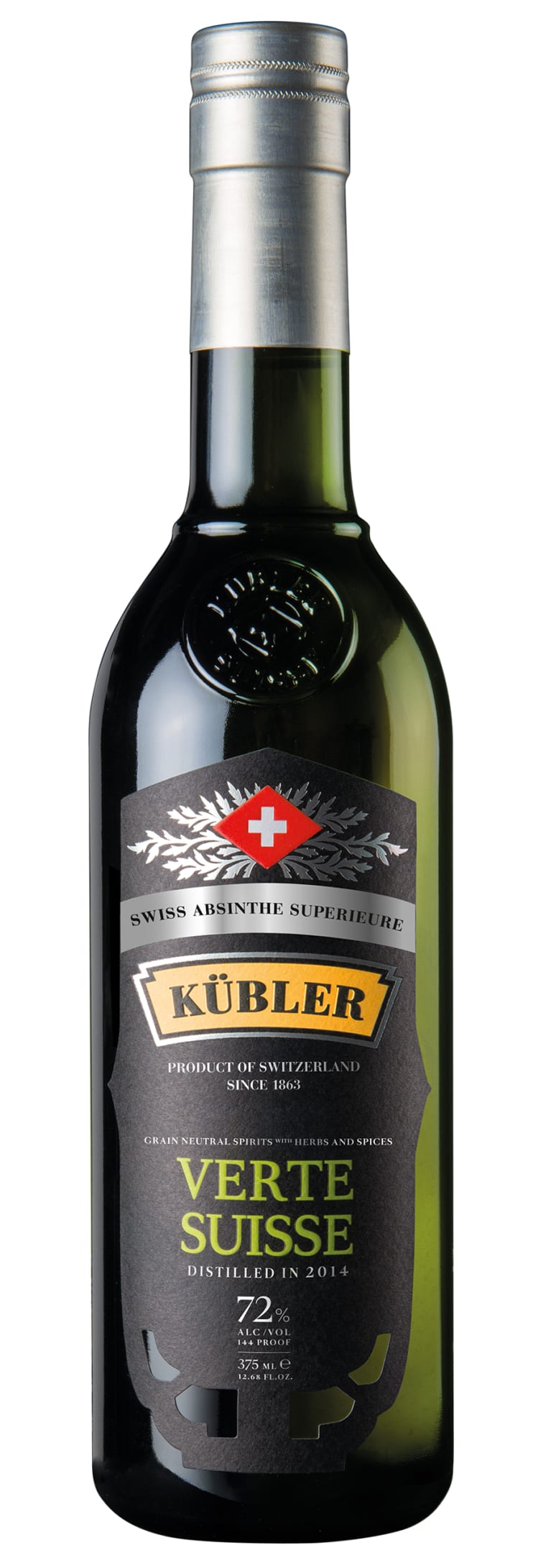
Kubler Absinthe Verte – Switzerland
“Kubler Absinthe Verte was first produced in the Val de Travers region of Switzerland, which is commonly known as the birthplace of
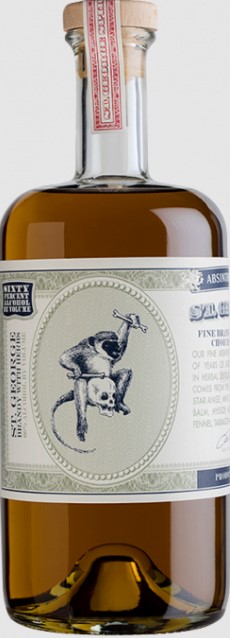
St George Absinthe Verte – California
“Post-ban, we’ve seen a great influx of new takes on this old favorite. Thought by many to be one of the distillers creating absinthe that could rival a pre-ban recipe, is the St. George

Corsair Red Absinthe – Tennessee
“Corsair Red Absinthe perhaps deviates from the ‘green path’ most of all. Infused with hibiscus, as well as classic wormwood and fennel, here you get a gorgeous floral bouquet, finishing with citrus and a gentle anise tingle. Corsair has been a leader in the micro distillery pantheon of the liquor world and with this Red

Sirene Absinthe Verte – Illinois
“Taking its name from Greek mythology and the seductive sirens, Sirene is an enchanting absinthe, containing the classic trinity of herbs — wormwood, fennel, and anise — as well as a combination of proprietary herbs and botanicals, which give a unique tasting experience and that fun anise tingle. Distilled in Illinois, it is a hometown favorite for the adventurous.”
Editors' Recommendations
- 5 simple tips for doing Thanksgiving wine the right way
- Moscow mule, espresso martini, and more: How to put a fall twist on classic cocktails
- Scotch whisky found in 800-year-old castle — believed to be the oldest Scotch in the world — will soon be for sale
- 10 wheated whiskey and wheat bourbon bottles to try if you can’t get your hands on any Pappy Van Winkle bourbon
- This sidecar drink recipe has only 3 ingredients (so get yourself some good tequila!)




